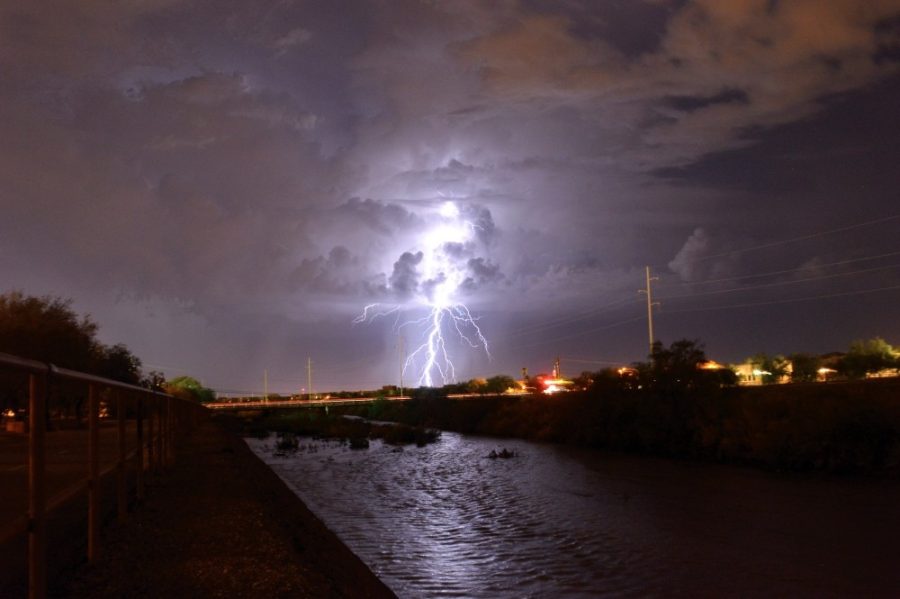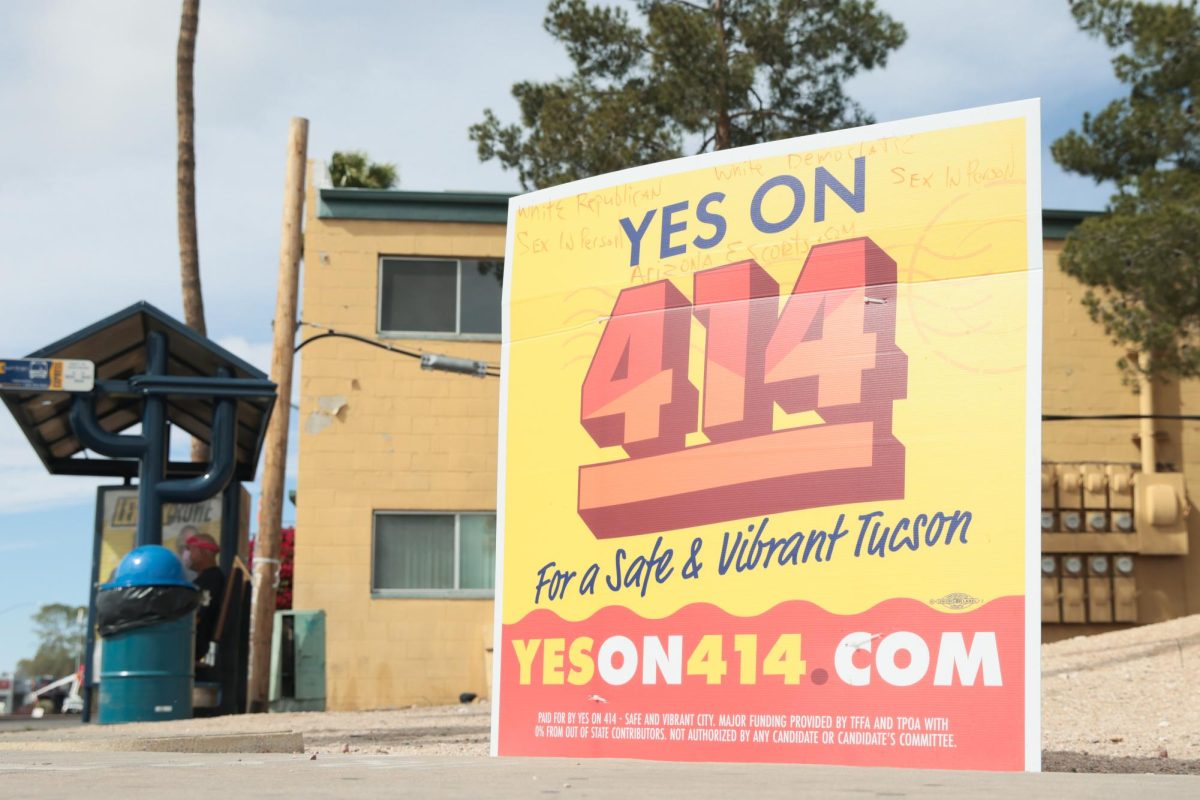The Climate Assessment for the Southwest, a University of Arizona-led climate program, has been awarded $3.7 million by the federal government’s National Oceanic and Atmospheric Administration, which will fund the program’s research for the next five years.
CLIMAS is a program partnership between the UA and New Mexico State University, designed to research the most pressing climate questions and concerns in the Southwest. By working with stakeholders throughout the region, CLIMAS aims to bridge the gap between science and policy.
Since the program’s creation in 1998, it has received the bulk of its funding from the NOAA.
“External funding is what really marks the excellence of this program, to receive 20 years of this kind of funding is a real marker of confidence in this program,” said Kimberly Andrews Espy, Ph.D, UA senior vice president for research.
The recent award, however, comes at a time of budget uncertainty. The money is awarded at one-year intervals, amounting to $740,000 per year which, according to Epsy, does not guarantee the full five-year amount.
RELATED: Minute 323 agreement between U.S. and Mexico ensures water sharing until 2026
Since the 1970s, there has been a large push for publicly funded science, and tax dollars were invested in scientific research. More recently, there has been a demand for “return on investment.” According to Dan Ferguson, the director of CLIMAS, this type of language didn’t always exist.
“We are now in a position where we have to try to demonstrate impact in a new way,” Ferguson said.
However, trying to quantify the impacts of CLIMAS can be very difficult, which presents challenges when applying for program funding.
According to Ferguson, the current question in the debate is whether advancing knowledge is enough just for knowledge’s sake, for the public good or to drive economic return.
“The vast majority of the research CLIMAS does is for public good. Sometimes that has an economic return, sometimes that doesn’t,” Ferguson said.
The impacts of climate change are expensive, as recently seen with the adverse effects of higher ocean levels. Lower income communities are much more vulnerable to these issues. For example, in the Southwest, temperature increases and heat waves are felt most intensely by those who cannot afford sufficient buffers.
For Ferguson, one of the program’s focuses is how to treat the most vulnerable populations. “What is the economic impact of that?” he asked. “Frankly we’re not focused on economic impact, we can’t be.”
CLIMAS must apply for each five-year award with a research proposal. According to Ben McMahan, research outreach and assessment specialist for CLIMAS, the current proposal is a more long-term view of resilience in the Southwest.
The main goal of CLIMAS is “understanding which existing systemic buffers may enhance resilience and which may increase vulnerabilities to the impacts of climate variability and change…” as described in the official CLIMAS proposal.
To achieve this goal, the program has three main objectives.
1) Determine baseline conditions- what is the current climate in the Southwest and what will it be?
2) Assess how current buffers are functioning and how they will function in the future- are they sustainable?
3) Evaluate and describe the most effective approaches for supporting southwest climate resilience efforts.
RELATED: Endowment allows important research to continue at Biosphere 2
Under each of these objectives is a cluster of projects; these projects are a joint effort between researchers from a variety of disciplines and regional stakeholders.
“Our twist on it is really diving in with our partners who are not academic researchers- asking what are the buffers that they rely on, what are the things they need to keep working properly and where can the science that CLIMAS does on climate help them sort out how robust these systems can be moving forward,” Ferguson said.
This interdisciplinary and trans-disciplinary approach is key to having as large of an impact as possible. Ladd Keith, one of the program’s investigators, says there is no such thing as a silver bullet.
“Much of the climate risk we face in the southwest is really complex- everyone realizes the issues need to be solved by looking at different angles,” Keith said.
To approach these various angles, CLIMAS brings together students and faculty from across campus. They work with members from the School of Public Health, College of Social and Behavioral Sciences, College of Agriculture and Life Sciences, Institute of the Environment and the College of Architecture, Planning & Landscape; because of this, the program distributes its award money across campus.
Despite budget restrictions and funding uncertainties, McMahan says he still feels CLIMAS “will give us a shot at sustainability.”
He says their interest and passion for the work pushes the program forward as much as the monetary award does.
The CLIMAS team said that the next decade has in store one of the most critical decisions for people in the arid Southwest. The region is already warm and dry, relying on the continued functioning of buffers. So what happens if the Southwest gets even hotter and drier? In the words of Ferguson, “even if the funding goes away, the problems aren’t.”
Follow Daily Wildcat on Twitter








